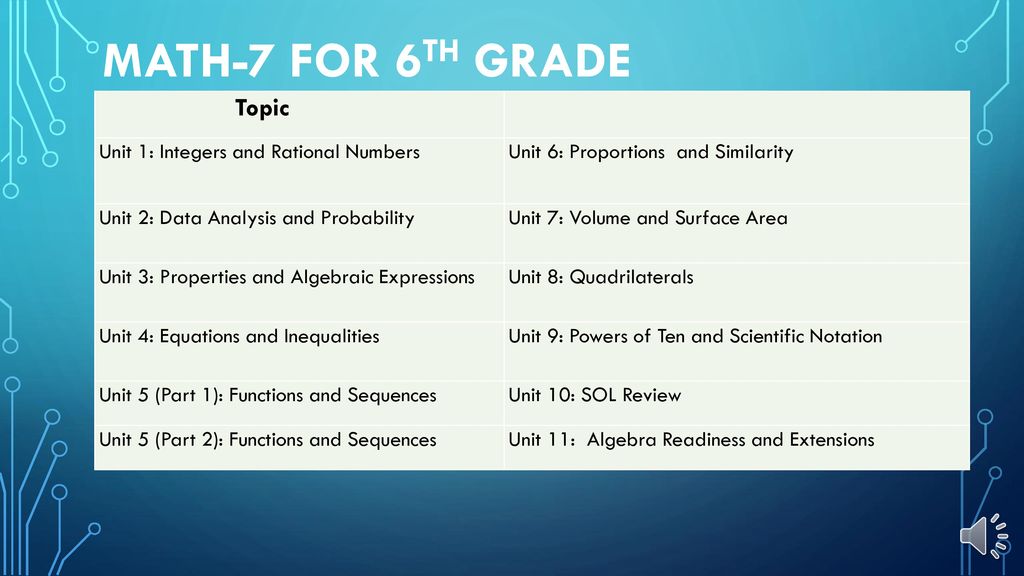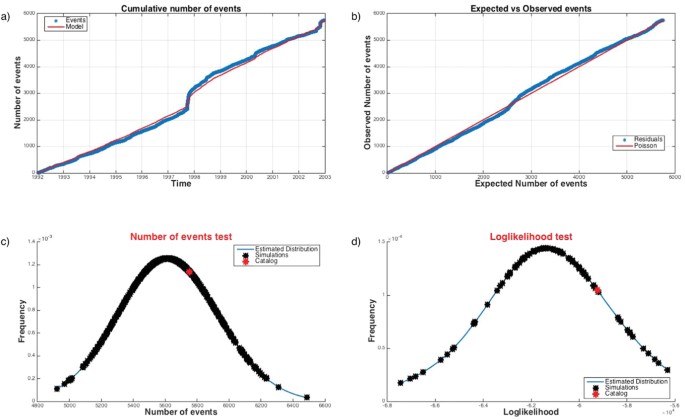A question is biased if the results could become skewered. For example, the question 'Should all cities in India implement anti-tiger measures' would be biased if the surveyors were asking six year old's in Mexico, because the six year old's would skewer the results. Unit 7 - Data Analysis. 7.1 - Mean and Mode. 7.2 - Median and Range. 7.3 - The Effects of Outliers on Average. 7.4 - Applications of Averages - See videos 7.1, 7.2. LO3 TASK 3: Be able to use manipulation and querying tools. 3.1 Explain the benefits of using manipulation and query tools in a relational database system. 3.2 Populate the database with a small amount of data. The data should be meaningful but does not need to be extensive.
This is another unit that is generally an exciting and fun unit for students because there is plenty of opportunity to use manipulatives, converse with students, find information (through the use of surveys), and create colourful graphs! Bar Graphs: When creating bar graphs, students must remember that all graphs have: - a title. In this paper, we propose a procedure to summarize the lab data obtained from laboratories which have different reference ranges in a multi-center clinical trial. The procedure calls for first stan.
Unit 33 Data Analysis and Design Assignment Brief- CRM
Qualification | Unit number and title | |||
Computing and Systems Development | Unit 33 Data Analysis and Design Assignment Brief- CRM | |||
QFC Level | Credit value | |||
Level 5 | 15 credits | |||
Unit Code | Unit By | Submitted on | ||
H/601/1991 | Locus Assignment Help | |||
Assignment title | Design and Implement a Relational Database for a local Print and Ink Refill Business | |||
Purpose of this assignment
Unit 7 Data Analysis Welcome Sample

This is the second part of a two-part assignment. In the first part of Data Analysis and design assignment, you are asked to carry out research and analysis into a range of database models and database technologies. The work undertaken in this part of the assignment should now be used to design, implement, test and document a database solution to a given business problem.
Scenario
A local printing and ink refill business requires a method of recording telephone orders from customers (business and individual) to create a delivery schedule. The system should be able to input the customer details and the required order, and from this generate an invoice and item billing. It would be useful if the system could identify frequent customers and provide them with discounts and bargains for their customer loyalty. The delivery route could also be generated for a satellite navigation system from the post codes provided so that a number of deliveries could be planned over an optimised route for the driver, as this would shorten the times for delivery and reduce fuel consumption of the vehicle.
The manager is considering how the order system could tie in with the stock control so that warnings could be generated by the system when items reach a minimum stock level, thereby providing a margin of time for him to re-order before running out completely.
It would also be useful for the business to keep a running total of takings for each day of business, and provide weekly and monthly earnings. This would help the manager identify trends in his business and indicate possible requirements to advertise and market special offers through brochures and leaflet delivery.
You are required to design, implement and test a relational database that will meet the above requirements. As the manager and staff are not technical people, they will need the use of an attractive and “easy to use” interface for the system. Having built the system, you will also need to provide a technical user guide on how to install, maintain and use the system.

Task 1
Develop design documentation that will enable you to develop a database that meets the above specification. As a minimum this should include:
- An Entity Relationship Diagram
- A Data Dictionary for each entity (with data normalised to Third Normal Form) showing data types selected, and the appropriate validations required.
- Details of how you will validate and verify data
You should include any additional design documentation that you feel will support the development of your database.
Contact us
Get assignment help from full time dedicated experts of Locus assignments.
Call us: +44 – 7497 786 317 Email: support@locusassignments.com
Email: support@locusassignments.comTask 2
Use appropriate software to develop a fully functional database in line with your design documentation. You may be asked to demonstrate your database as part of the marking process. that your database will offer the business
Task 3
Produce testing documentation for your database that shows what is to be tested, the testing criteria and the expected outcome. Your documentation should indicate where the expected outcome was not met and the actions taken to resolve the problems.
Task 4
Produce a user guide that will allow the take away owner to install, maintain and use the system. Your user guide should start with an overview of the database an explanation of how the queries and data manipulation processes that you have implemented will produce information of benefit to the business
LO2 Be able to design and implement relational database systems
2.1 Design a relational database system to meet a given requirement
2.2 Build a relational database system based on a prepared design
2.3 Apply a range of database tools and techniques to enhance the user interface

Data Analysis Example
LO3 Be able to use manipulation and querying tools
3.1 Explain the benefits of using manipulation and query tools in a relational database system.
3.2 Implement a query language into the relational database system
3.3 Critically evaluate how meaningful data has been extracted through the use of query tools
LO4 Be able to test and document relational database systems

Data Analysis Methods
4.1 Critically review and test a relational database system
4.2 Create documentation to support the implementation and testing of a relational database system
4.3 Create user documentation for a developed relational database system
4.4 Explain how verification and validation has been addressed
4.5 Explain how control mechanisms have been used
